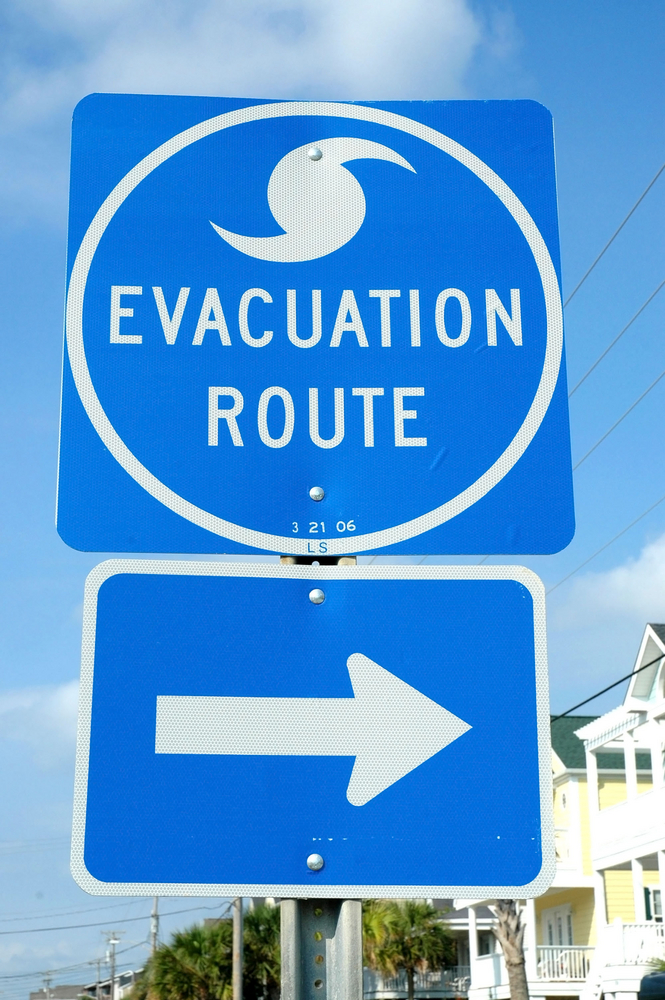
On September 27, 2021, Judge Jose Martinez of the U.S. District Court for the Southern District of Florida granted summary judgment in favor of Scottsdale Insurance Company in LMP Holdings Inc. v. Scottsdale Ins. Co., case no. 20-24099. The case arose out of a Hurricane Irma claim reported more than two years after the storm. The insured, LMP Holdings, Inc., owned a commercial property located in Miami. The insured claimed the property sustained damage from Hurricane Irma, which struck South Florida on September 10, 2017. The insured’s handyman and one of the insured’s officers inspected the property the day after the storm. The handyman noticed punctures on the roof, which he patched, and a panel from one of the air…



